The main difference from Western chefs knife is its thinner blade. What sets it apart from these competitors is of course the thinner blade.

Coastal Gray Tone Complements Panelized Shake Qualified Remodeler
Japanese knives like Shun Cutlery are different.

Japanese chefs knives differ from european ones in that they typically. But if you want a chefs knife that was built for precise work with an insanely sharp edge then a Japanese chefs knife. The opposite side is slightly hollowed. In Japanese the word Gyutous means beef knife.
Japanese Global Santoku Knife. To share some examples here is the blade sharpness of a few knives. The eight-inch Global Classic Chefs Knife weighs 55 ounces.
The Japanese make both double beveled knives and single beveled knives. They are made with Western and Japanese style handles. They are generally lighter in weight and made of thinner harder advanced-formula steel.
Thats not to say theyre bad they just dont hold a candle to some of the great knives made by the Japanese or custom makers in both the US and Canada these days. This allows to nicely slice through food such as raw fish sujihikiyanagiba knives. Whats more because Japanese chefs knives are lighter than German knives cooks that are accustomed to the latter will find it very hard to accommodate with the former.
Due to this harder steel the blade stock can be thinner and the edge more acute that is sharper than a comparable European knife. Thinner and often bolster-free. These are suitable for both tough and delicate tasks.
The Gyuto or Japanese Chefs Knife The Gyuto knife has characteristics that resemble a western-style knife. These steps are deeply involved and have been honed over hundreds of years. The lower the blade angle the sharper the knife.
The German production knife brands all have a fatal flaw. The lighter thinner blade makes. In either case the angle of a bevel in Japanese knives are smaller than that of German knives.
Of course for this to be viable harder steel also needs to be used to prevent breakages. Gyuto Chefs knife An example of the Gyuto knife is the Yoshihiro Inox Sujihiki Japanese Chef Knife which is meant for multipurpose usage. Traditional Japanese chefs knives differ from European styled knives in that they are sharpened with a bevel on only one side.
25 degrees Japanese Miyabi Fusion Chefs Knife. In Japanese knives the bevels are typically anywhere between 7 and 8 degrees. Steel is an alloy composed of iron and.
Consequently these knives can be honed to a sharper edge than can double bevel knives. These Japanese-made Western style knives are generally thinner lighter and sharper than their European-made counterparts. Japanese knives like Shun Cutlery are different.
However Japanese knives possess specialized applications. They are generally lighter in weight and made of thinner harder advanced-formula steel. In general Japanese knives have a straighter edge thats better-suited to chopping and making clean slices.
19 to 24 degrees German Wsthof Cooks Knife. The Japanese knife is designed in a manner that is more preferable by everyone for absolute perfect and fine chopping while the German one is more applicable for cutting through chicken bones and thick poultry. There are also specialty Japan-born knives that have adapted to the westernizationglobalization of cooking and thus are not considered traditional per se but nonetheless beloved by chefs and home cooks.
Shun knives for example are sharpened to a 16 angle on each side of the blade. Sourcing steel is also important and it is known that the Japanese produce some of the worlds finest. If using a Japanese handle the prefix wa-.
The design of Shun Classic Chefs Knife is sort of a combination between German and Japanese knives. When it comes to kitchen knives however the more hard-wearing option isnt necessarily the better choice. Gyuto Chefs Knife Similar to the western chefs knife Gyuto literally cow knife is an all-purpose knife.
Check out our ultimate guide to Japanese knives. It has a very controlled slicing precision and the German knives are traditionally designed in a way that the blade is versatile for cutting chopping and regular slicing. The difference between the two lies primarily in steel hardness and edge angle which in turn ladder up to distinctions in durability and intended function.
Here are the different kinds of knives and their specific utilization that make them last for a longer time. Western style knives can feature a Western-style handle or traditional Japanese handle. Typically hand made Japanese knives go through 10 to 20 steps before they are delivered for final quality checks packaging and delivery to the customer.
Kinds of Japanese Knives When we compare Japanese knives with European knives you will find that European knives are more like powerhouses. Gyutou is a Japanese knife that is equivalent to the typical European chef knife. Gyutous are the ideal all-purpose kitchen knives and can be used for multiple tasks.
The original use of the French knife was disjointing large cuts of. Most kitchen knives fall into one of two categories. The blade profile is more curved than your typical Japanese gyuto.
They come with much harder steel and double grind edge. They are geared up to sell to the home cook market and they know that most home users beat the hell out of their knives and dont know how to sharpen. Of course this type of knife has competition from European multipurpose knives as well.
For many old-school cooks in the French tradition this is an advantage. The curved blade makes it more suitable to use for rock chopping. The bevel of a Japanese knife is smaller than a German knife again making the blade much sharper.
These knives range from 210-270mm in length with a tall heel curved blade and pointed tip. European-style knives tend to be noticeably heavier than Japanese knives. A solid German or French knife is great for chopping even tough or bony foods.
Typically Japanese knives are sharper than German knives. It is more similar in shape to a typical Western style chefs knife but with a much thinner sharper blade.

Thin Brick Design Potential Ease Of Installation Qualified Remodeler

The Best Restaurants In Tokyo Restaurants Food Network Food Network

Distressed Look Composite Decking Qualified Remodeler

Ceramic Sinks Play With Color For Chromatic Harmony Qualified Remodeler
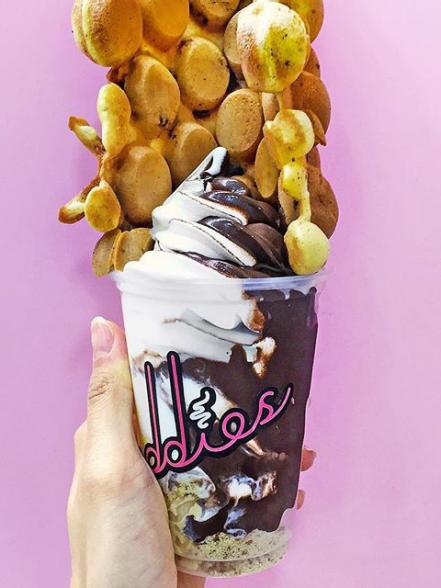
The Best Restaurants In Tokyo Restaurants Food Network Food Network

Profood World October 2020 By Pmmimediagroup Issuu

Square Shouldered Deck Board Railing Qualified Remodeler
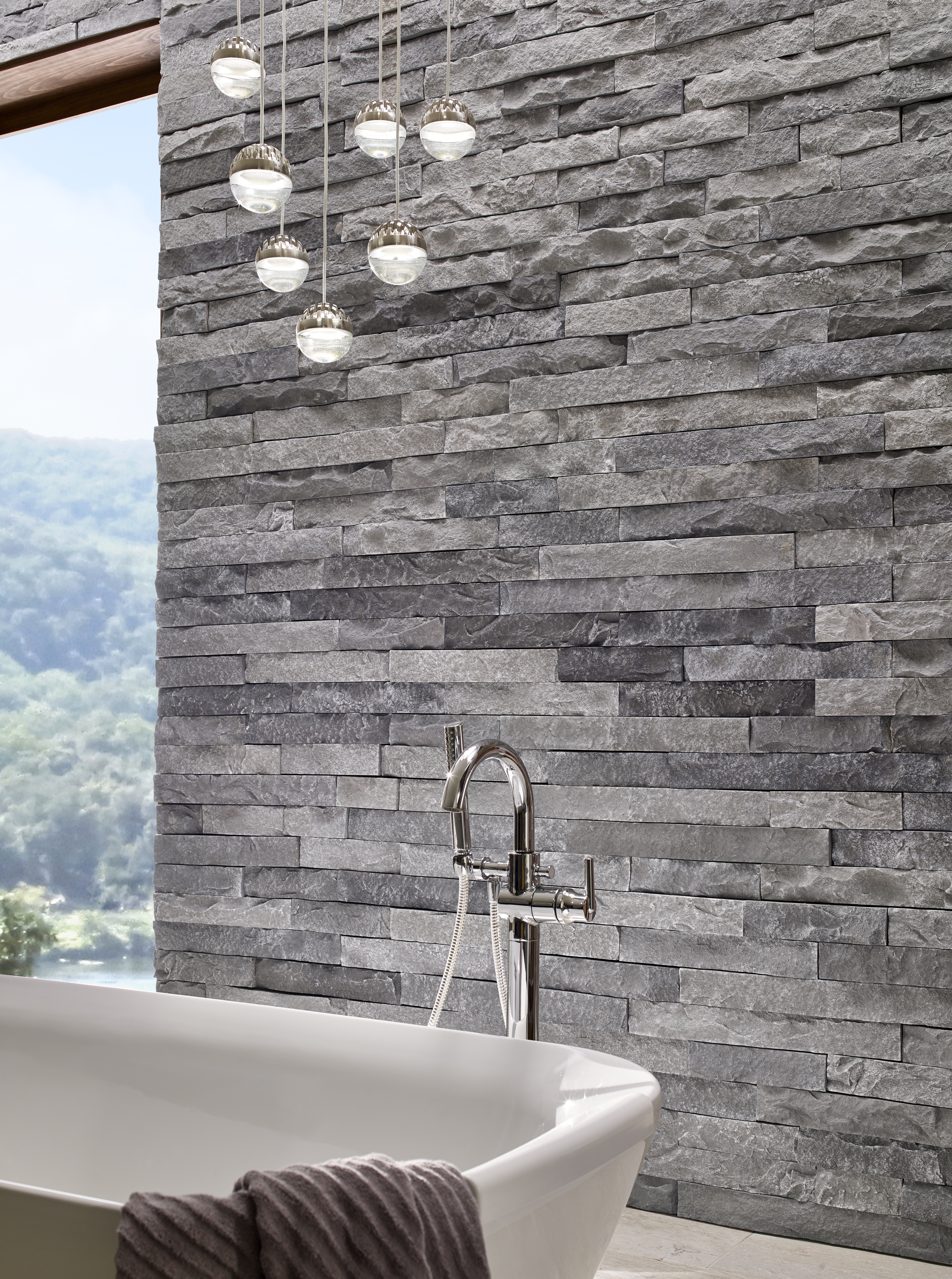
Authentic Stone Look In Three Lengths Qualified Remodeler
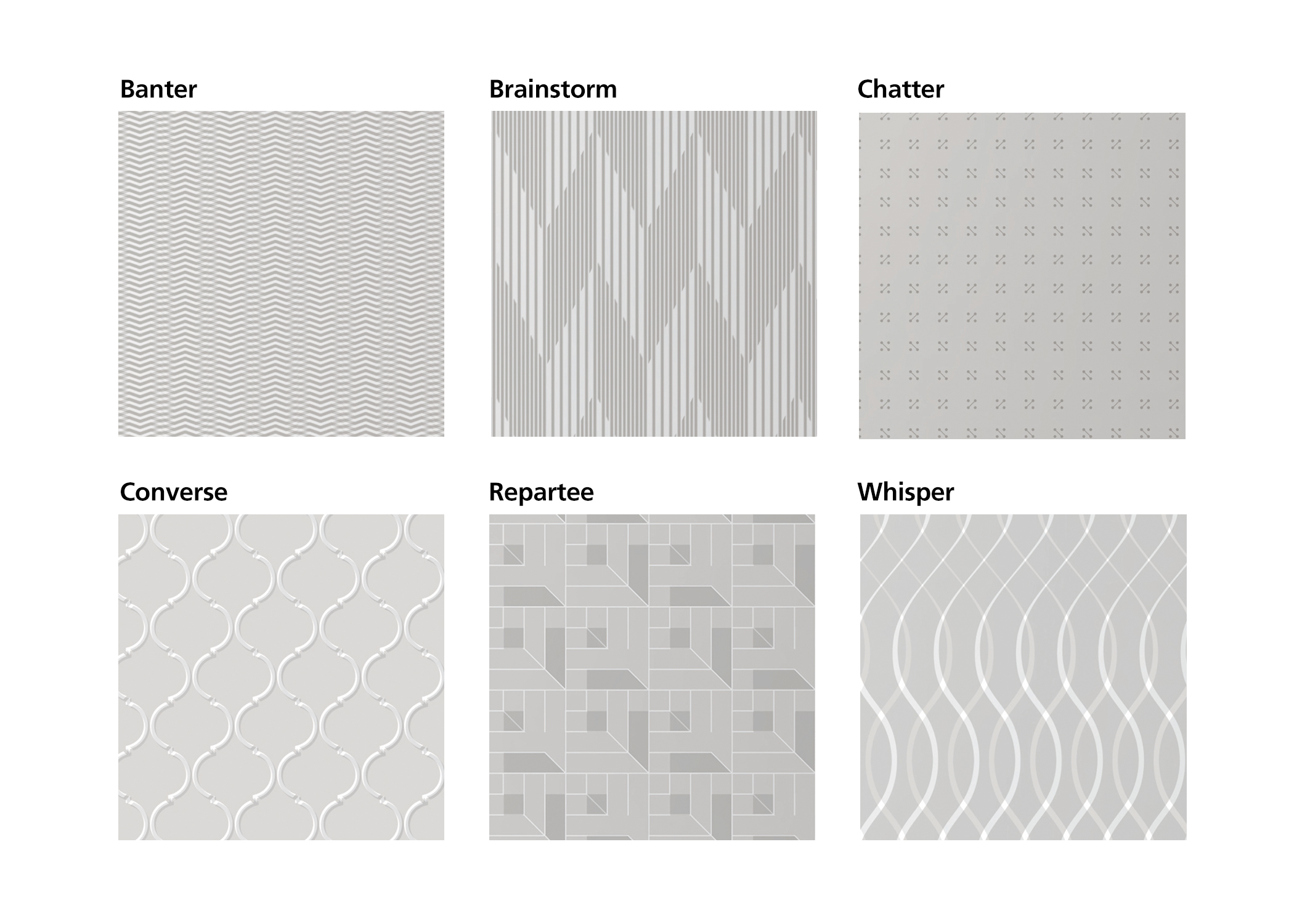
Doorglass Offers Interactive Design Qualified Remodeler

Possible Hilt Reconstruction Of The Sword Of Childeric Richly Ornamented With Gold And Garnet Cloisonne Photo Gallica Viking Sword Dark Ages Sword

Alternative Infills For Railings Qualified Remodeler
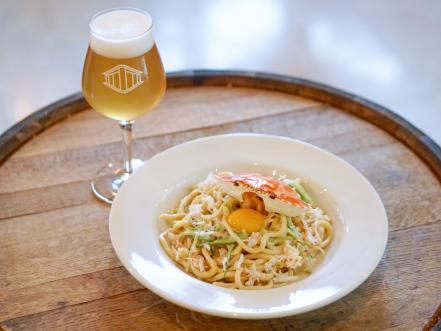
The Best Restaurants In Tokyo Restaurants Food Network Food Network
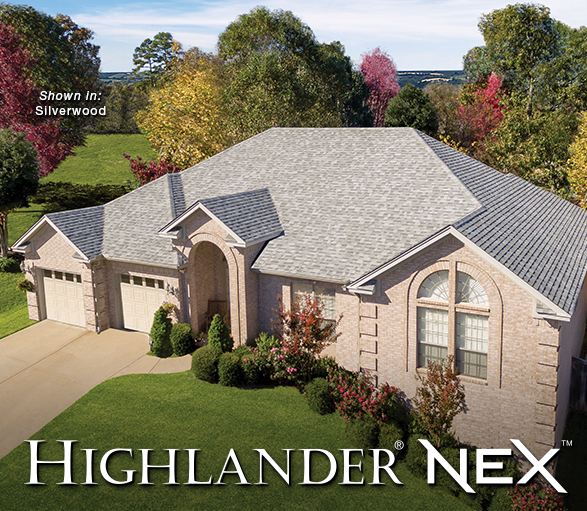
Expansion Of Solar Reflective Shingles Line Qualified Remodeler

The Best Restaurants In Tokyo Restaurants Food Network Food Network
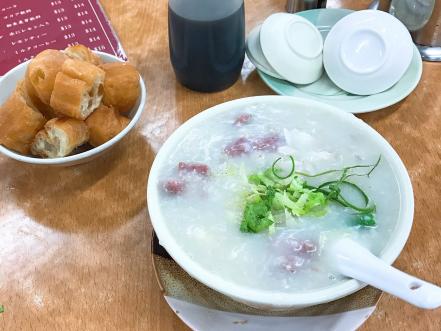
The Best Restaurants In Tokyo Restaurants Food Network Food Network
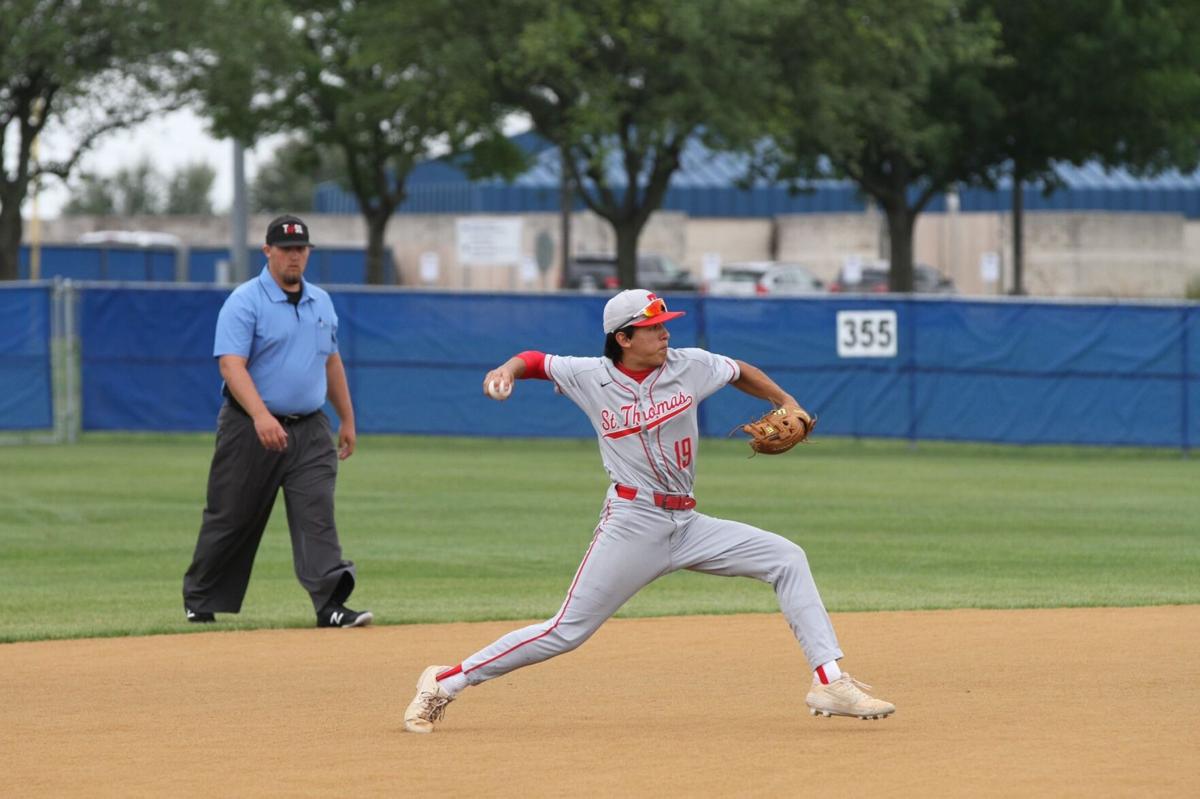
Area Baseball Teams Eliminated From Playoffs Sports Theleadernews Com
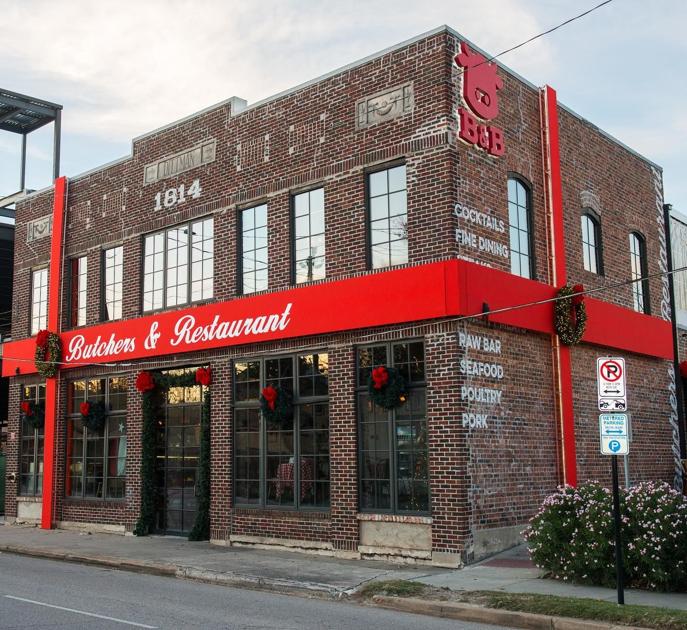
Food Briefs New Restaurants To Hit Heights Timbergrove Food Drink Theleadernews Com
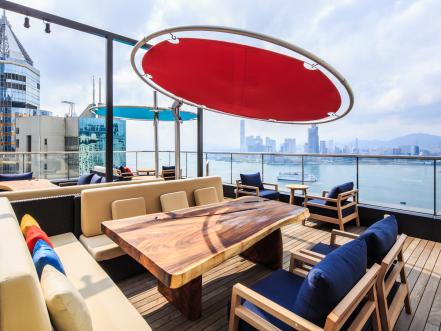
The Best Restaurants In Tokyo Restaurants Food Network Food Network

